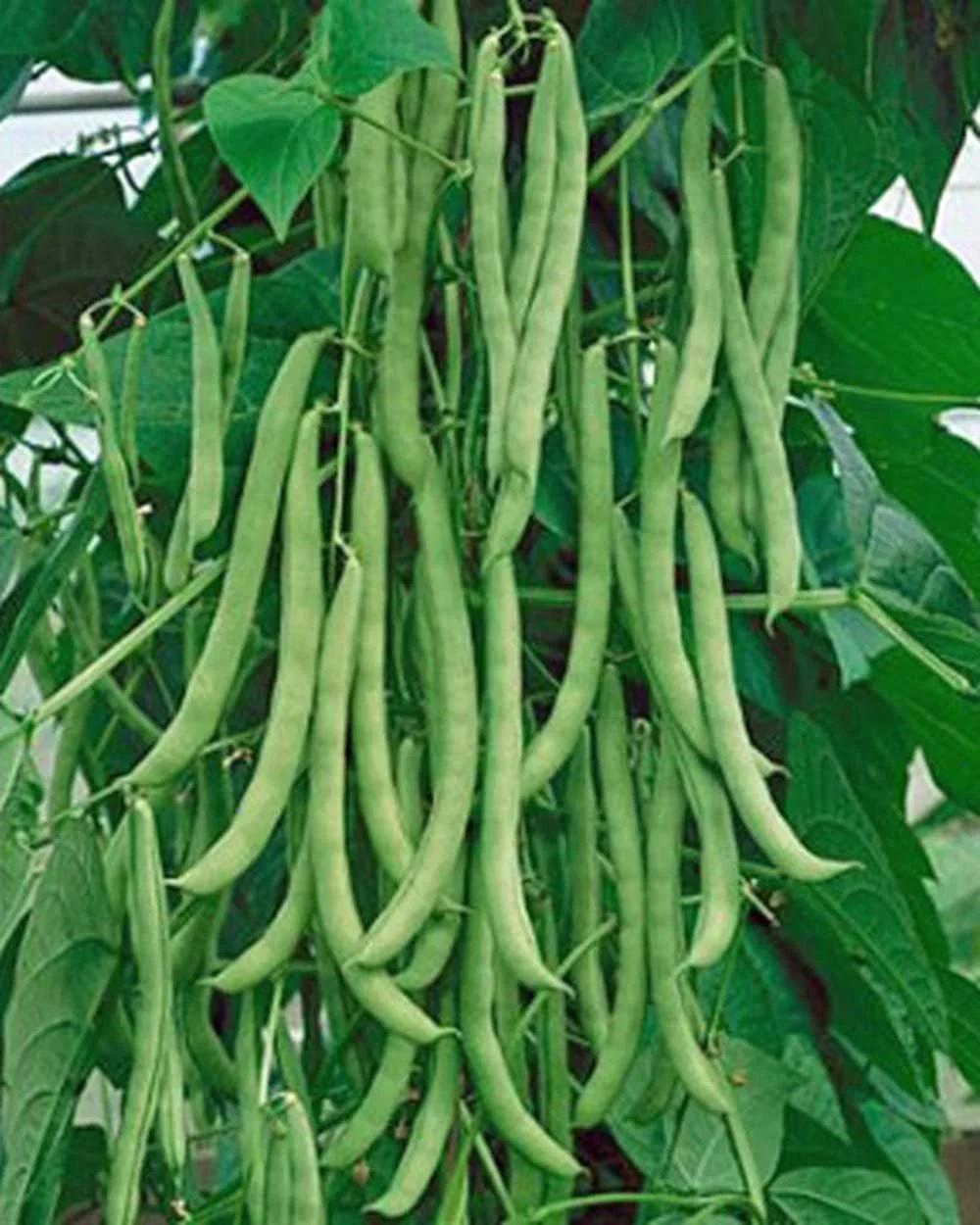It may be midsummer, but you can make it spring again in your vegetable garden. Don't let the summer heat cheat you out of more fresh vegetables. Go for two crops this year.
Gardeners across much of North America generally plant summer vegetables such as tomatoes, peppers, squash, sweet corn, southern peas, snap beans, cantaloupes and eggplant in March and April and finish the harvest around the middle of summer.
Much of the continent has a subtropical climate, however, and that means another round of summer crops can be squeezed in before the first frost in mid-October or November.
Cooler-season fall crops such as leafy greens can be planted even later.
Some gardeners plant at intervals from spring through midsummer; others harvest tomatoes, squash and the like throughout the summer.
However, rather than trying to keep the same plants producing indefinitely, a better harvest is usually comes by making a fresh start.
Transplant tomatoes, peppers and eggplant just as you did in the spring. For crops such as squash, cantaloupes and cucumbers, however, seeding them directly into the ground will work just as well, if not better. Snap beans, sweet corn and southern peas are generally directly seeded.
Don't plant the same crop back in the same place. Rotate your space so you can reduce potential disease problems. If you planted squash there this spring, plant peppers there for the second crop.
Rotate families of crops. Plant peppers, tomatoes or eggplant where you had squash, cucumbers or cantaloupes. But don't plant cukes on the same ground where you had squash.
Getting a crop established will be more of a challenge than it was in the spring. Because of midsummer temperature, you'll need to keep the garden watered enough to reduce heat and drought stress.
Water during the day to provide some cooling on the surface and allow the foliage to dry by nightfall.
From late July until the first frost will be roughly 120 days, so crops that mature in less than four months will usually make it to harvest, barring an early frost.
However, the longer you wait, the longer it will take your second crop to mature as days get shorter and the weather cools off (eventually). So start these crops by mid-August. Some fast-maturing crops such as snap beans, cucumbers and squash can still produce if planted by early September.

